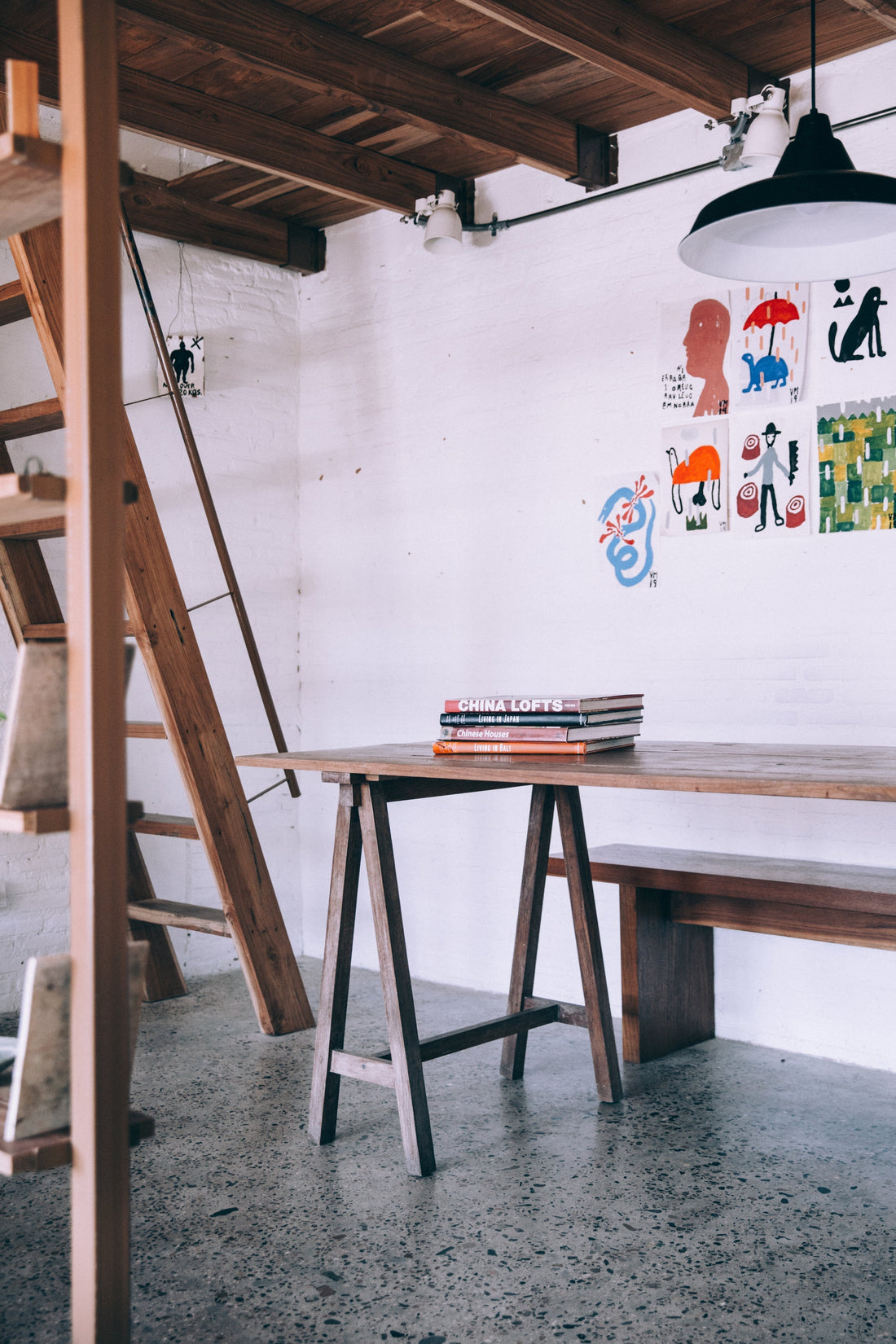
Feng Shui - A Chinese Practice
Ah yes, “Feng Shui”. An odd pairing of words you may have only heard a few times while watching Kung Fu Panda or overheard in yoga class. But, what is Feng Shui? A food? A plant? A crime-fighting samurai?
Feng Shui
Feng Shui is the practice of arranging physical items in your living space to create a harmonious environment for an increase in productivity, focus, and quality rest.
Practicing the art of Feng Shui doesn’t require any special tools or powers, but it does require self awareness and research.
Feng Shui Do’s and Don’ts
DON’T : Coffin Position
Ok, this one's major, buckle up. The number one DON'T in Feng Shui is aligning the foot of the bed directly in line with the doorway. This is called the "coffin position" due to similarities when someone enters your room and sees your feet vs when visiting a grave. When the bed is in coffin position, every time someone opens the door, energy is being exerted onto the resting area, which can disrupt sleep and create a chaotic energy. It is recommended to face your bed parallel to the doorway, meaning the door would be to the side of you when lying down.
DO: The Command Position
In your office, face your desk towards the door. This is called the "command position". The command position gives off an energy of authority and dominance of the room, increasing productivity and focus on work.
DO : Declutter
If possible, avoid excessive storing beneath your bed. When there is nothing underneath the bed it allows the free flow of energy and decreases the likelihood of bad or chaotic energies being trapped in the rest area.
DO : Tidy Your Space
Make sure there aren’t unnecessary items or trash in the room. This one should be easy.
It is very important to eliminate working materials such as books, laptops, desks, notes, etc. in the rest area to promote healthy sleep and reduce anxiety during rest hours.
DO: Balanced Characteristics
Your space should have balanced characteristics. Think Yin and Yang. There shouldn't be an overwhelming amount of patterns in your room such as having a tapestry pattern and a different sheet pattern. Choose one or the other if you have too, although its usually best to have none at all.
DO: Colors
Earth tones are good for grounding, and you should avoid black in fabrics like curtains and comforters, although black furniture is ok. Colors to look for when furnishing or decorating your space is blue, purple, green, and beige.
Blue is proven to have a calming affect on people, and is also related to the element water. It would be a good idea to have some blue in your bedroom to help you calm down and ease into a more relaxed state when you turn in for the night.
Purple is related to royalty, luxury and mystery. It holds secrets and for some reason, this mystifying energy has a way of putting us to sleep.
Green is great for transformation and growth. It is the color we relate with nature and can help with grounding and settling down anxious thoughts. Same with beige and more saturated variations like brown.
DON'T: Colors
Red is usually a no due to its association with alarm and error. Also neon colors are also associated with parties and nightlife which can also heighten the senses and make it harder to drift off to sleep at night.
Black is ok, but for some it feels closed off, rigid, cold and opposing. It really comes down to how you associate colors with the physical world.
Now that you have a little bit of an idea of what the art of Feng Shui is and how to practice it, put your knowledge to the test!
Create spaces that are clutter free. Relate physical items to the non-physical energy you want flowing in the space. Get rid of sharp and aggressive items on display. Choose calming colors like blue for calm vibes, avoid red colors that subconsciously make you alert. Oh, and before I forget MOVE THAT BED!
